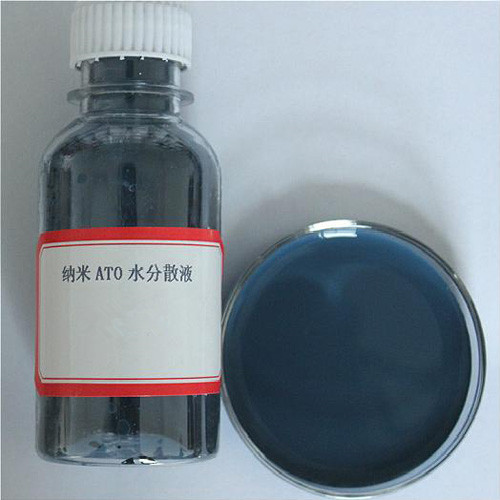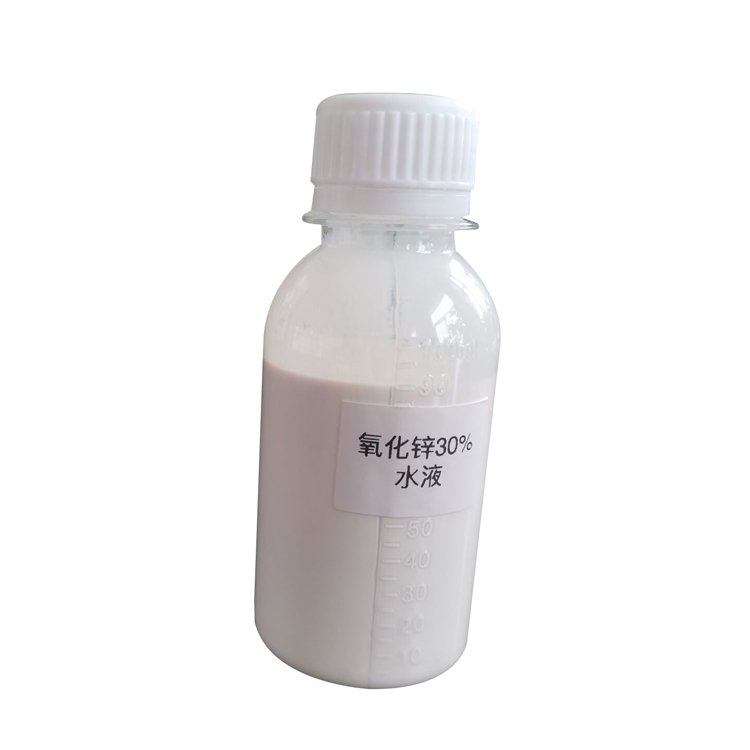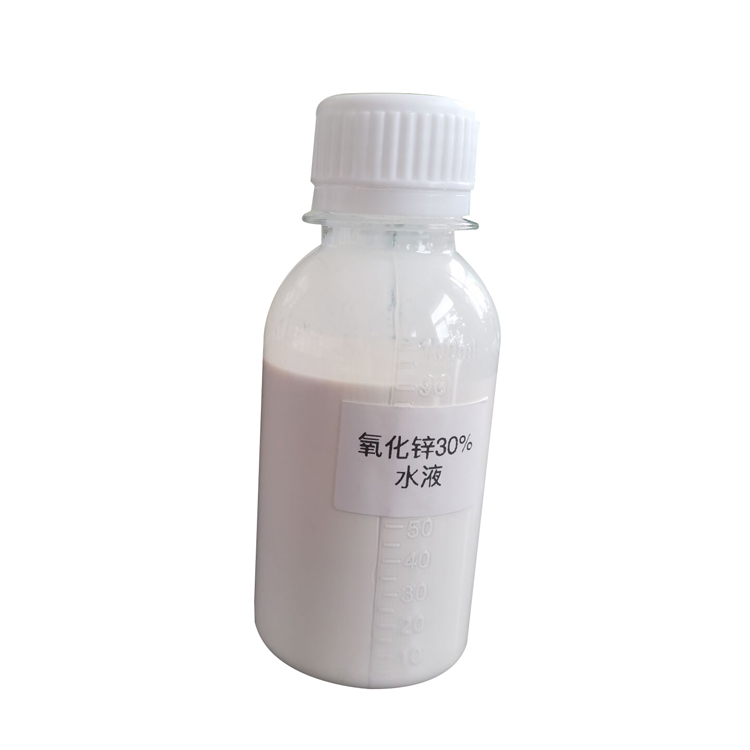Material structure and composition analysis
1. Application of X-ray diffraction (XRD): Analyze the crystal structure, lattice parameters, and phase transition process of positive and negative electrode materials. Case: Determine whether the layered structure of lithium cobalt oxide (LCO) collapses, or whether lithium iron phosphate (LFP) generates impurity phases.

2. Scanning electron microscopy (SEM) and transmission electron microscopy (TEM) are used to observe material morphology (particle size, morphology uniformity), surface coating, and microstructure of electrode interfaces. Upgraded application: Combining energy dispersive spectroscopy (EDS) to analyze element distribution, such as detecting the dispersion uniformity of silicon particles in silicon carbon negative electrodes.
3. Use of X-ray photoelectron spectroscopy (XPS): to characterize the chemical state of material surface (such as the composition of electrolyte decomposition products) and reveal the composition of SEI film (solid electrolyte interface facial mask)

Electrochemical performance testing
1. Application of cyclic voltammetry (CV): To study the redox potential, reversibility, and kinetic characteristics of electrode reactions. Typical scenario: Evaluating the stability of lithium deintercalation in high nickel ternary material (NCM811).

2. Application of Electrochemical Impedance Spectroscopy (EIS): Analyze the internal impedance sources of batteries (interface impedance, charge transfer impedance, etc.), optimize electrolyte formulations or electrode designs.

3. Constant current charge and discharge testing purpose: to measure core performance indicators such as capacity, coulombic efficiency, and cycle life.

Interface and Dynamic Process Analysis
1. In situ characterization technology combination: in-situ XRD, in-situ Raman, in-situ TEM, etc. Value: Real time observation of material structure evolution during charge and discharge processes, such as the volume expansion mechanism of silicon negative electrodes.
2. Application of Atomic Force Microscopy (AFM): Analyze the surface roughness and changes in mechanical properties of electrodes, and study the growth behavior of lithium dendrites.
3. Application of Nuclear Magnetic Resonance (NMR): To detect the migration rate and solvation structure of lithium ions in electrolytes, and to guide the development of new electrolytes.
Thermal stability and safety assessment
1. Differential Scanning Calorimetry (DSC) Application: Analyze the temperature point of material thermal runaway and evaluate the thermal reaction risk between positive electrode materials (such as NCM) and electrolyte.
2. Application of adiabatic acceleration calorimeter (ARC): Simulate the thermal runaway process of batteries, quantify the heat generation rate and critical temperature, and optimize battery safety design.
Other key measures
Raman spectroscopy: detecting the degree of lithiation and SEI film composition of graphite negative electrodes;
Mass spectrometry technology: analyze the gas components produced by electrolyte decomposition (such as CO ₂, HF);
Neutron diffraction: Accurately locate the distribution of light elements (such as lithium ions) in materials.
SAT NANO is a best supplier of silicon powder for battery, we have 50nm, 100nm, 200nm and mirco particle size, if you have any enquiry, please feel free to contact us at sales03@satnano.com






























